I am currently mentoring a few academics (my own PhD students and a few early-career TT scholars) and I am trying to teach them about how to frame their work in terms of the broader questions of a field, and a discipline. The kind of exercise I am executing, trying to teach how to connect specific case studies and approaches to the broader literature is not easy. The “hidden curriculum” is pervasive.
So, how do we frame our work in terms of discipline- or field-wide questions or contributions to broader debates in the literature?
Here are three strategies that might help you frame your work more broadly and link your specific work to the larger discipline- and field-wide questions (click on each link to take you to the specific blog post where I already wrote in more detail about each strategy):
- First off, ask yourself “what is this a story of”?, much in the Anselm Strauss approach.
- Then, reflect about how your work is an exemplar of a broader phenomenon, and how it is a clear contribution.
- Finally, you may want to ponder how your work dialogues with, but also extends, other’s research.
Each of the strands of my scholarly work contributes to different debates across disciplines, and to broader questions in the literature of each discipline and field. Below you will find some examples:
Example 1: One of my research areas is transnational environmental activism. While the case studies I examine are based in North America (Canada, the US and Mexico), my works speaks to broader debates on activism, protest and social movements. My research challenges preconceived notions and conventional wisdom that environmental non-governmental organization across countries form coalitions based on their shared values. Instead, I empirically demonstrate that the basis for collaboration and cooperation is a shared strategy, and to achieve consensus on these strategies, ENGOs share knowledge across borders and across the board.
This research strand and the projects I’ve conducted within it speak to broader debates on coalition-building within sociology, but also larger questions in international relations on the role of non-state actors in domestic, transnational and global politics and policy.
Example 2. Also within the realm of transnational environmental activism, but more specifically within the shaming and blaming academic bodies of literature in human rights scholarship and international relations, my work demonstrates empirically that countries are substantially receptive to external, non-state actors’ pressures to engage in domestic policy change. Our (Amanda Murdie and mine) research shows that environmental NGOs pusing for improved conditions have more success in countries where there is receptiveness and where civil society are substantively galvanized and organized.
Example 3: Another research area of mine is the governance of bottled water, primarily as an example of a negative commons. While the phenomenon I analyze (packaging a common pool resource, a commons) is rather specific (bottled water), in my work I dialogue with broader questions of resource governance, enclosure, property rights, etc. This empirical and theoretical work contributes to global debates on the human right to water, marketization and privatization. I extend the notion of commons (common pool resources) beyond its traditional boundaries and offer the definition of a negative commons: a commons that is only valued after a revaluation process, not intrinsically. Solid waste, wastewater and bottled water are all negative commons, according to my definition.
My work on bottled water also contributes to political science and public policy literatures, particularly to those focused on the interplay between interests, ideas and institutions. I show how bottled water consumption has increased not only as a result of increased marketing, a taste for “pure” water, and poor urban infrastructure but also as the result of weak regulatory regimes.
Example 4: I also study public policy (specifically policy instruments). While much of my work is specific to environmental regulation, I contribute to broader discussions on policy mixes, policy implementation, etc. My research demonstrates that policy instruments, particularly of the regulatory nature, work best when implemented in the form of policy mixes. This research contributes to debates on policy instrument design and implementation within the policy sciences literatures.
The following published pieces from other scholars do a masterful job of connecting their specific scholarship to broader questions and debates in their fields and disciplines.
In their article, Kiley and Vasey explain how their empirical results have implications for cultural sociology and political sociology, as well as for methodological advances on measurement of, and stability of cultural change.
In this article, Humphreys and Weinstein explain how using field experiments can help us tackle broader questions in the political economy of development.
Demonstrating how specific research projects answer and are linked to broader questions and debates in the scholarly literature is challenging, but it is also an important task that we need to undertake in order to demonstrate that we have made a contribution to the literature.
Hopefully this blog post will help you in this process!















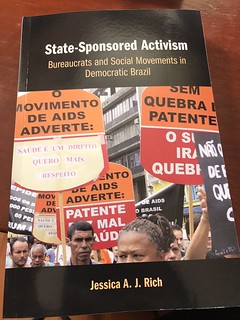


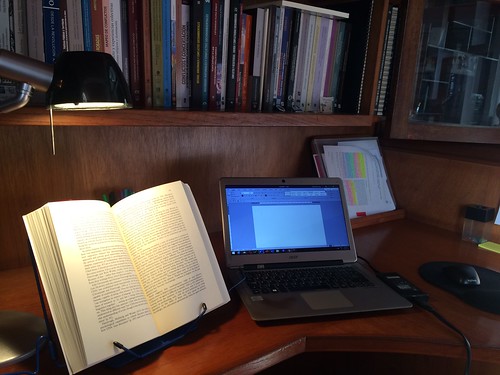

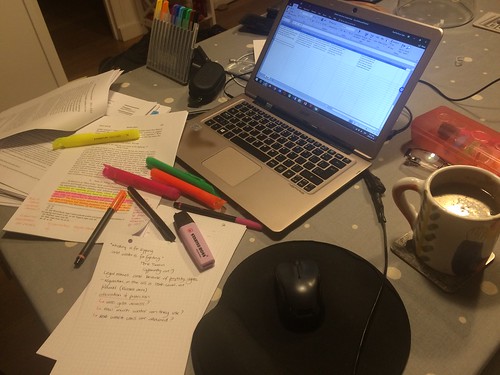

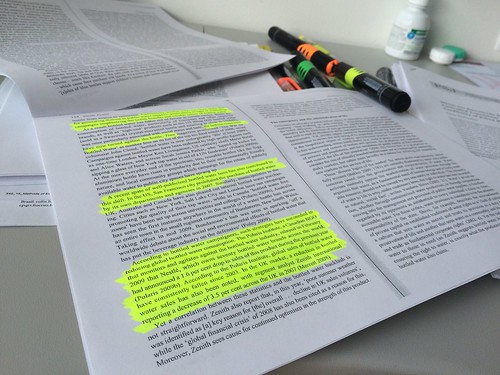
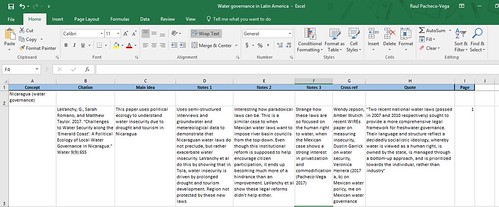




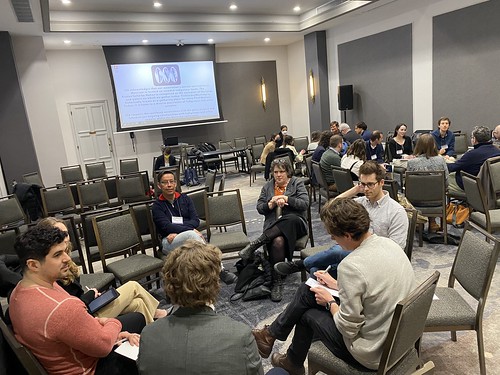

Recent Comments